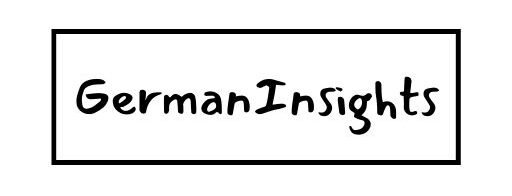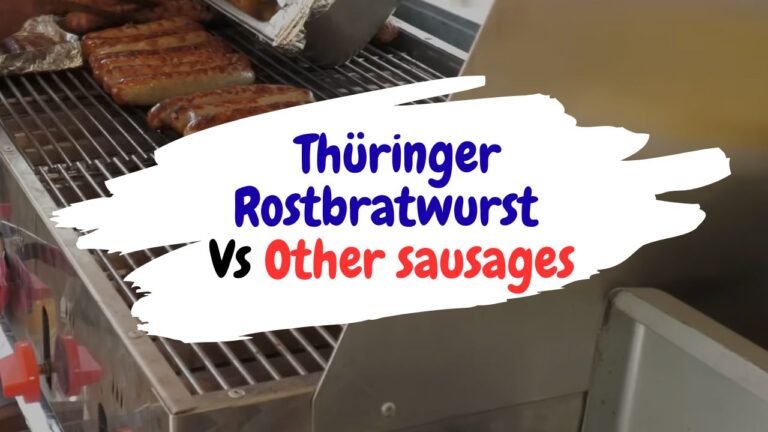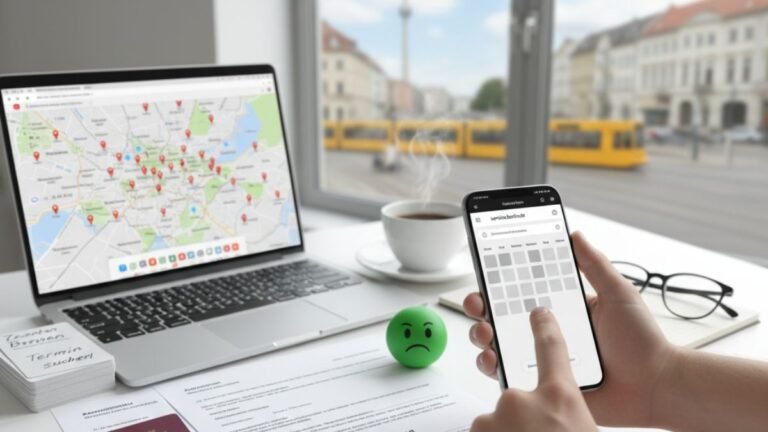Driving on the Autobahn & Beyond: 10 German Traffic Rules You Must Know
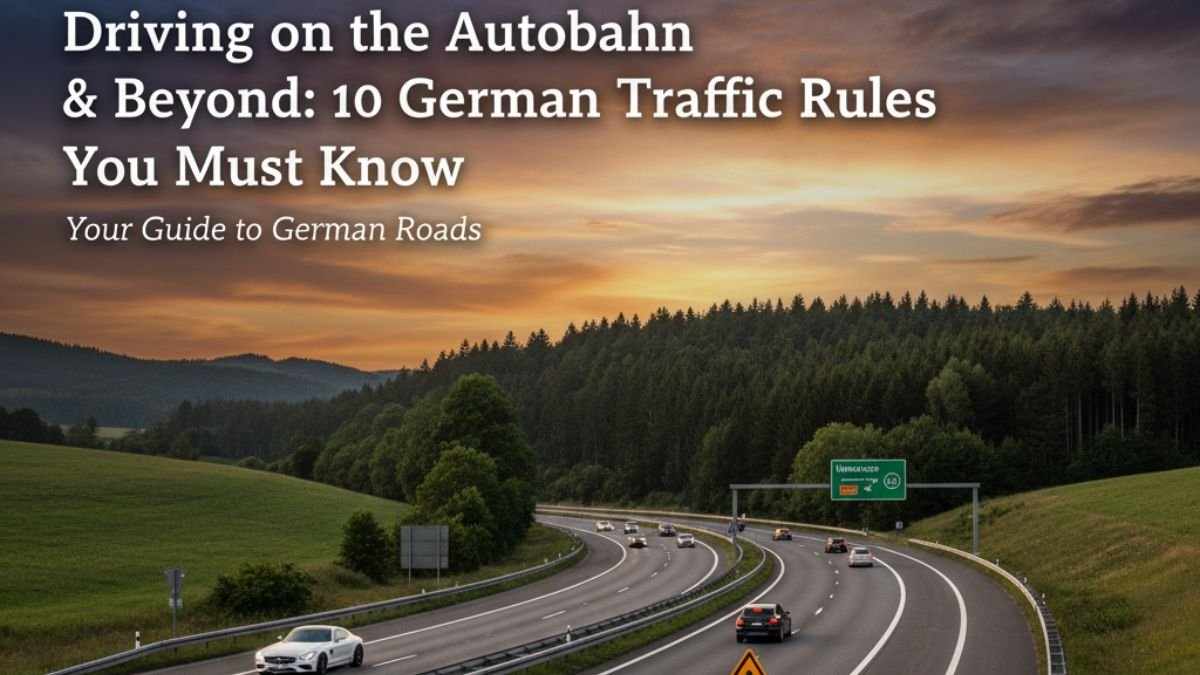
A road trip through Germany offers picturesque landscapes and the unique thrill of driving on the world-famous Autobahn. However, navigating German roads requires a solid understanding of the local traffic rules and signage. To ensure a safe and enjoyable journey, here are the essential German traffic regulations and signs you must know.
German traffic rules
Here are 10 of the most important traffic rules to know when driving in Germany.
- Drive on the right, overtake on the left
As in most of continental Europe, vehicles in Germany drive on the right side of the road. You should only ever overtake another vehicle on its left side. - Follow speed limits
German speed limits are measured in kilometers per hour (km/h).- Built-up areas: 50 km/h
- Outside built-up areas: 100 km/h
- Autobahn: While many sections of the motorway, or Autobahn, famously have no maximum speed limit, an advisory limit of 130 km/h is recommended. Speed limits are posted in many areas due to traffic, weather, or construction.
- Yield to traffic from the right
At any unmarked intersection or junction, the general rule is to yield to traffic approaching from your right (“rechts vor links”). This is a crucial rule that is heavily tested on German driving exams. - Know your Autobahn etiquette
On the famous Autobahn, you must stay in the right lane unless you are overtaking another vehicle. After passing, you must move back to the right lane to allow faster vehicles to pass. It is illegal to drive on the Autobahn at speeds that would significantly disrupt the flow of traffic. - Form a Rettungsgasse (emergency corridor)
When traffic is at a standstill on a multi-lane road or Autobahn, you must move to create an emergency corridor for police, ambulances, and other emergency vehicles. On a two-lane road, drivers move to the far left and far right. On roads with more than two lanes, drivers in the right lanes move to the right, and those in the far-left lane move to the left. - Use mandatory winter tires in wintry conditions
Germany requires vehicles to be fitted with winter or all-season tires (displaying the “Alpine” snowflake symbol) whenever road conditions are wintry (defined as black ice, snow, slush, or frost). Tires with only the older “M+S” marking are no longer sufficient. - Obey strict alcohol limits
The legal blood alcohol limit for most drivers is 0.05%. However, a zero-tolerance policy (0.00%) is in place for new drivers (less than two years’ experience) and anyone under the age of 21. Penalties for driving under the influence can include heavy fines, license suspension, and possible imprisonment. - Seat belts and child safety
All vehicle occupants must wear seat belts. Children under 12 who are shorter than 150 cm must use an approved car seat. - Use hands-free devices for mobile phones
Using a handheld mobile phone while driving is strictly forbidden. You must use a hands-free system for calls. Violators can face fines starting at €100. - Stay aware of low emission zones
Many German cities have “Umweltzonen” or Low Emission Zones, which require vehicles to have a colored environmental sticker (Umweltplakette) to enter. Driving in one of these zones without the correct sticker can result in a fine. Rental cars typically include the necessary badge.
German traffic signs
German signs use consistent shapes and colors to convey meaning, many of which are standard throughout Europe.
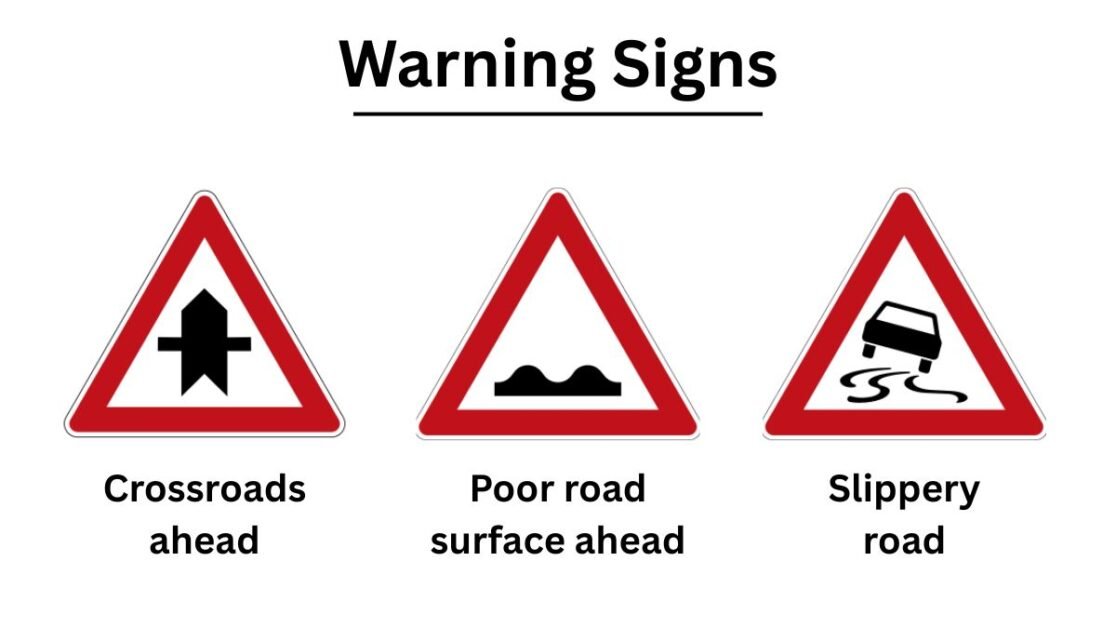
Warning signs
These are red-bordered triangles with the point facing up, indicating a hazard ahead.
- Crossroads ahead: A black cross within the triangle indicates an uncontrolled intersection, meaning right-before-left priority applies.
- Poor road surface ahead: The symbol shows a wavy black line, indicating that you should reduce your speed.
- Slippery road: A red-bordered triangle with a zigzagging car warns of a slippery surface.
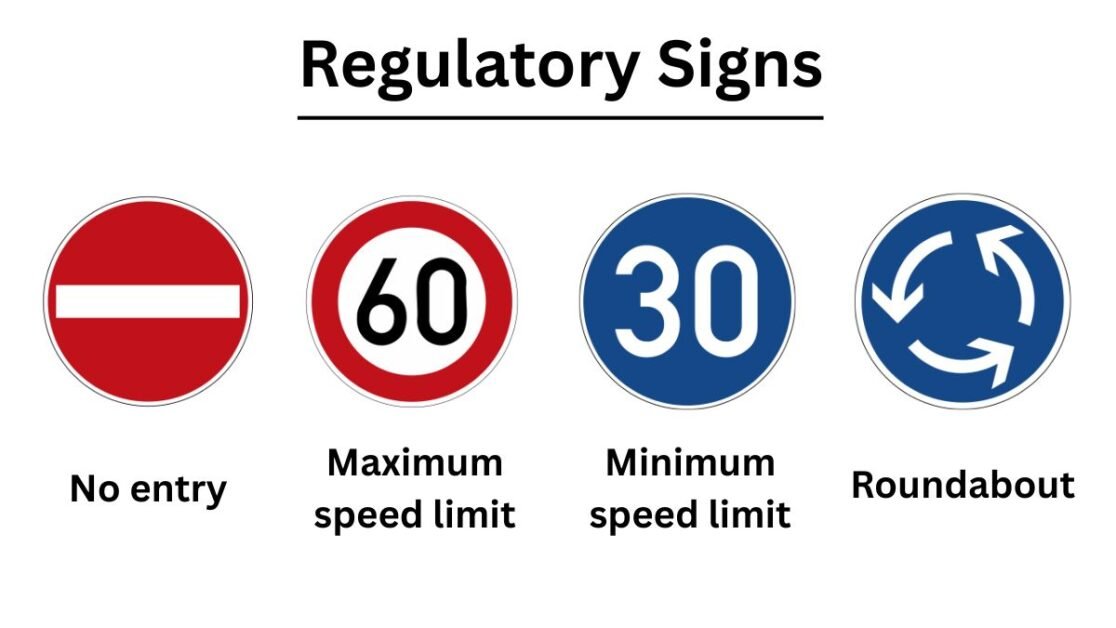
Regulatory signs
These signs issue mandatory commands and are typically circular.
- Prohibitory signs: These are red-bordered circles.
- No entry: A red circle with a white horizontal bar prohibits entry.
- Maximum speed limit: A number inside a red circle shows the maximum speed allowed in km/h.
- Mandatory signs: These are solid blue circles.
- Minimum speed limit: A number in a blue circle indicates the minimum speed required.
- Roundabout: A blue circle with three white arrows in a circular motion indicates a roundabout.
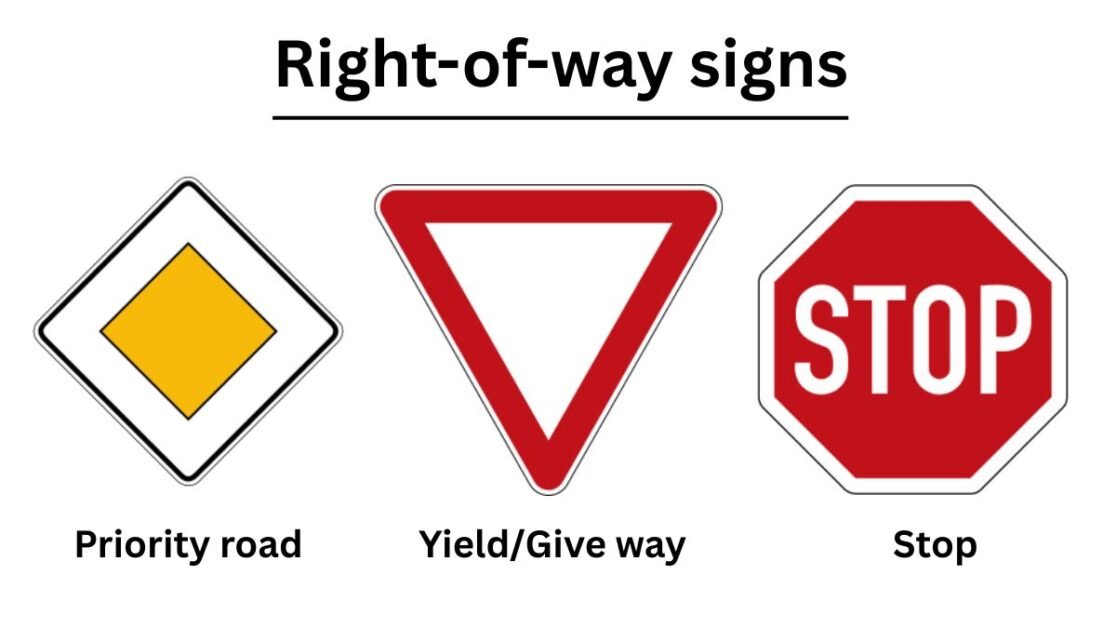
Right-of-way signs
These signs explicitly indicate priority at junctions.
- Priority road: A yellow diamond with a white border indicates you are on a priority road. You have the right of way at all intersections until the sign with a gray stripe through it appears.
- Yield/Give way: An inverted white triangle with a red border means you must give way to traffic on the intersecting road.
- Stop: A red octagonal sign with the word “STOP” in white requires you to come to a complete stop.
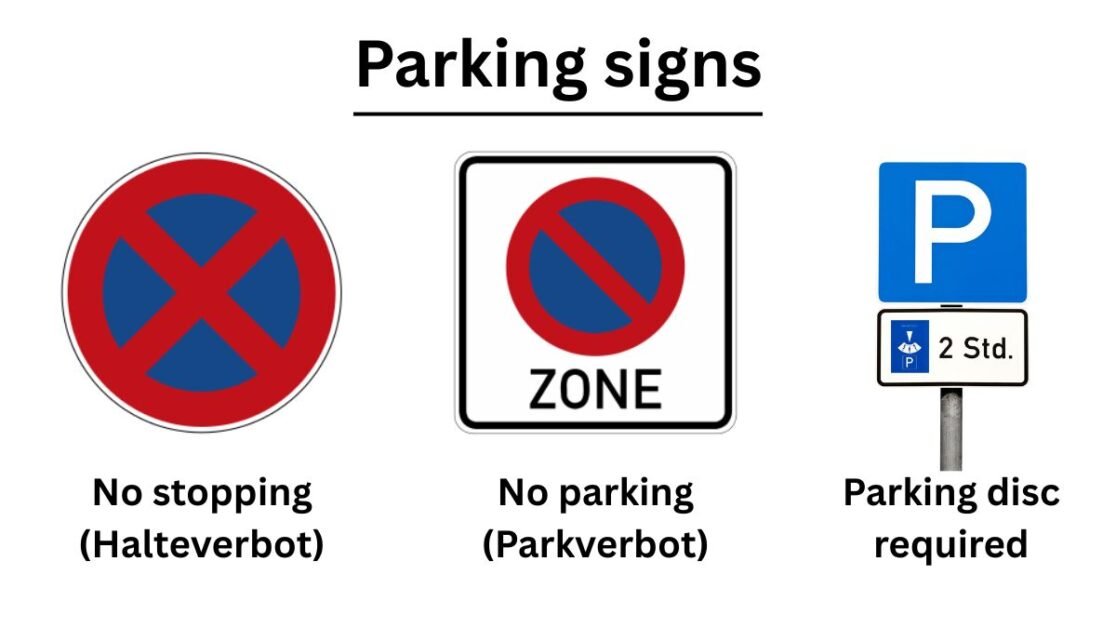
Parking signs
These signs control where and for how long you can park.
- No stopping (Halteverbot): A circular red-bordered sign with an ‘X’ means no stopping at all, not even briefly.
- No parking (Parkverbot): A circular red-bordered sign with a single diagonal stripe indicates no parking, though you can stop for up to three minutes to load or unload.
- Parking disc required: A sign featuring the word “Parkscheibe” or a parking disc symbol means you must use a blue parking disc to show your arrival time.
If you’re looking for more blog like How to Convert Your US Driver’s License to a German One and Can I Drive in Germany? Rules for Using Your Foreign Driver’s License subscribe to join us.
